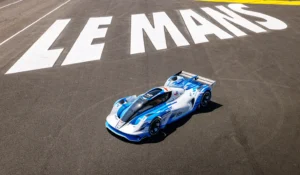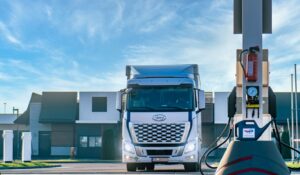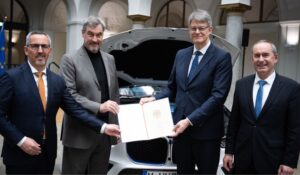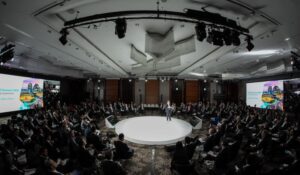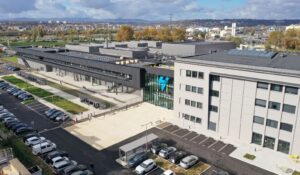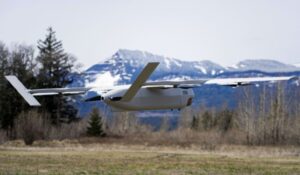Kawasaki runs hydrogen engined Ninja at Le Mans
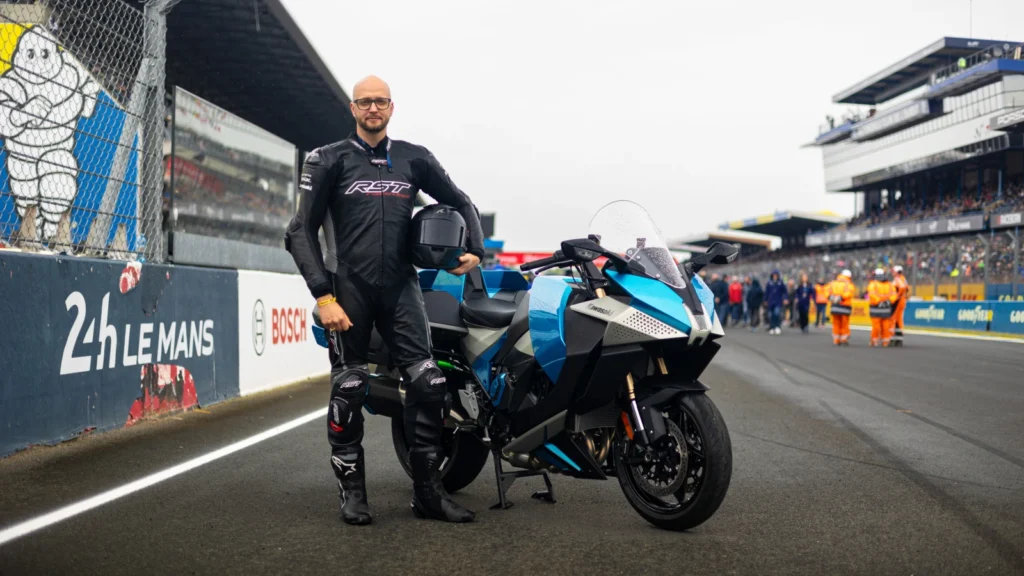
Kawasaki’s hydrogen combustion motorcycle made its European debut at Le Mans over the weekend, completing a solo demonstration lap on the Bugatti Circuit ahead of the 2025 24 Heures Motos. It was short, it was damp, but it was loud and important.
The prototype, known as the Ninja H2 HySE, was ridden by Matthias Höppner – development rider for Kawasaki Motors Europe.
Höppner set off gingerly at 2:41pm on Saturday 19 April, precisely 19 minutes before the start of the proper endurance race, with zero track familiarity, made worse by light rain greasing the tarmac.
“It was so tricky that I stayed focused on riding the bike, on the lines, on the track. I didn’t even see the spectators in the stands,” Höppner said afterwards.
After completing the lap, Höppner delivered a typically succinct and Germanic assessment of the new Ninja: “The bike’s handling was good.”
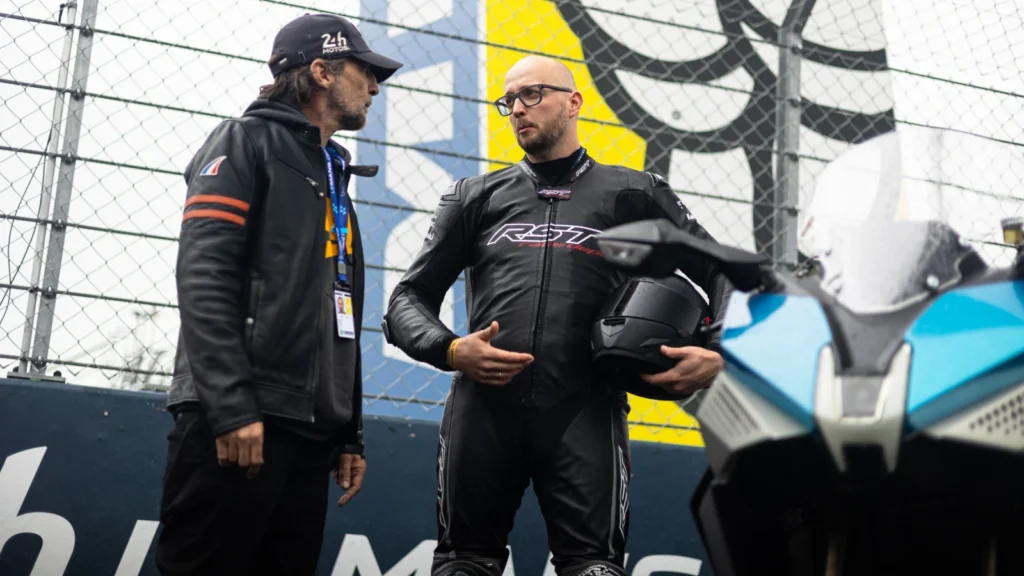
Blade Runner meets H2
The Ninja H2 HySE looks every bit a futuristic prototype with a silhouette that’s more Blade Runner than showroom superbike, donning stretched fairings and high-mounted hydrogen tanks sit where the pillion seat would be.
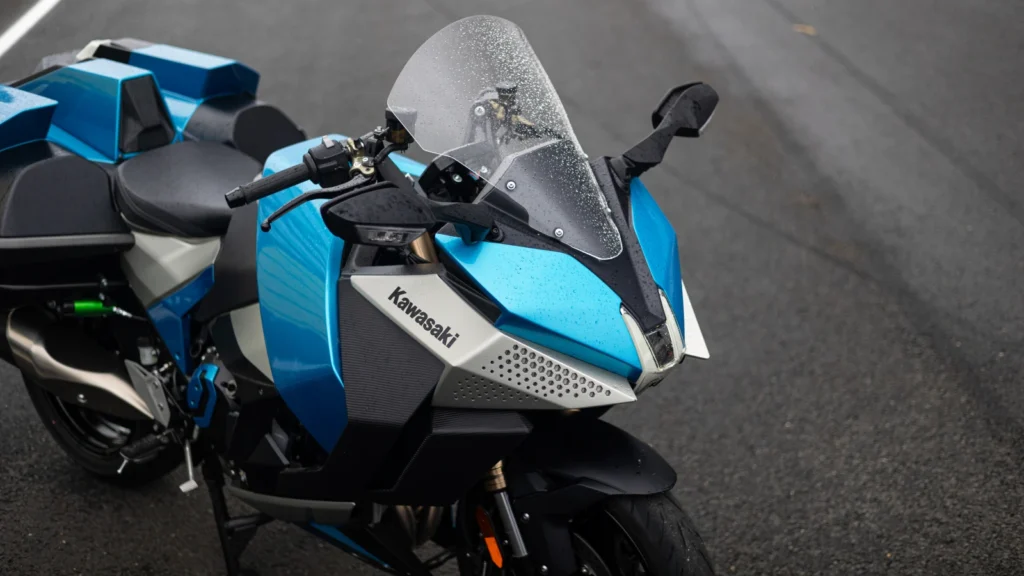
Under the seat is a reworked version of Kawasaki’s 998cc inline-four petrol engine, adapted to run on compressed hydrogen gas, stored at 700 bar in high-pressure tanks, and combusted using the analogue method of suck, squeeze, bang and blow.
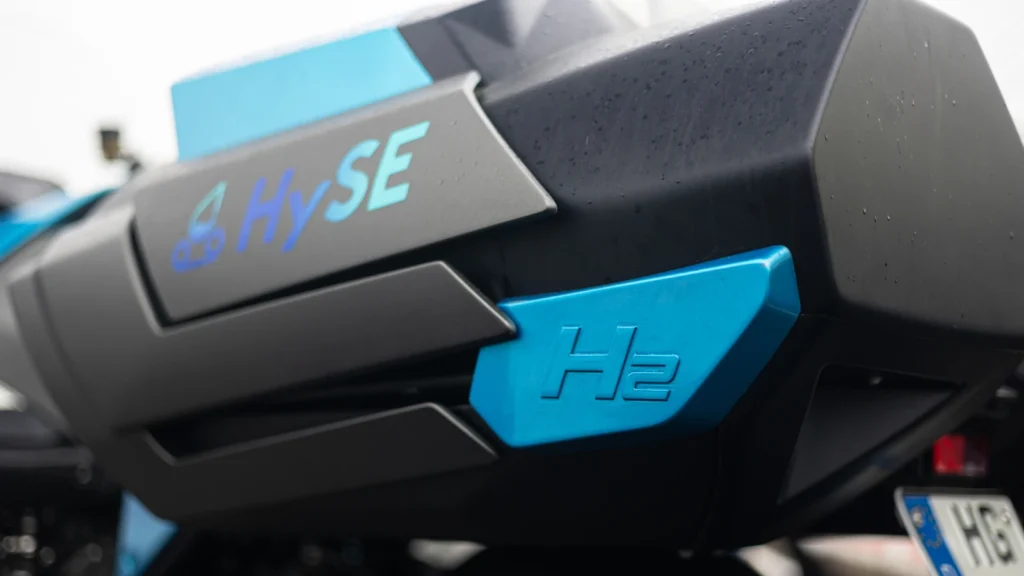
The only emissions out of the exhaust pipe, Kawasaki says, is water vapour.
There’s no electric motor, no hydrogen fuel cell, and no complicated hybrid system – this is a lean, mean old school internal combustion engine – but running on hydrogen – so it’s loud, mechanical and highly strung – everything a Ninja should be.

Kawasaki has been clear this bike isn’t destined for production, at least not in its current form, sadly.
But it is a functional testbed – already demonstrated at the 2024 Suzuka 8 Hours – and now its presence at Le Mans is a public message from the manufacturers that hydrogen combustion is clearly in development.
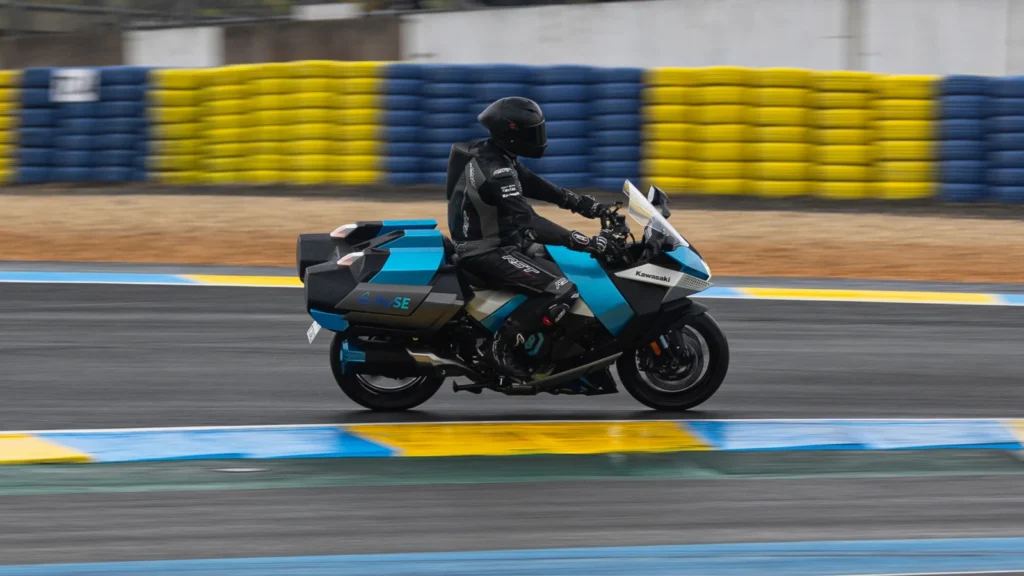
HySE: the five-company collaboration
The bike is being developed under what’s called the HySE consortium – short for Hydrogen Small mobility & Engine technology.
HySE is a joint effort between OEMs Kawasaki, Honda, Yamaha, Suzuki, and Toyota, with the group being formed in 2023 to develop hydrogen combustion systems for small-displacement vehicles, where battery weight and packaging (or theatre and dramatics) still present challenges.
Together, the HySE members are working to build shared technical foundations and prove hydrogen’s viability across motorcycles, ATVs, and compact off-roaders. The Ninja H2 HySE is one of the most visible results so far.
Le Mans and MissionH24
The demonstration was staged with the support of the Automobile Club de l’Ouest (ACO), the organisers behind both the 24 Heures Motos and the 24 Hours of Le Mans.
Through its MissionH24 programme, the ACO has been steadily preparing for a future hydrogen prototype class, now set to debut in 2027.
That effort has included infrastructure trials, racing development, and high-profile public showcases like this.
The Hydrogen Village, which runs alongside both flagship races, gives fans a chance to see emerging hydrogen vehicles up close – from race prototypes to mobile refuelling systems.
The Kawasaki Ninja H2 HySE remains on display throughout this weekend’s race, and will return in June for the 24-hour main event.
Kawasaki didn’t release a lap time. It didn’t need to. The point was presence – a hydrogen motorcycle running in public, on track, being loud.
Proof then, that a green future in motorcycling can still deliver a full crescendo.

